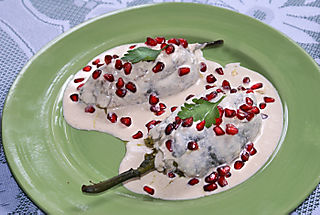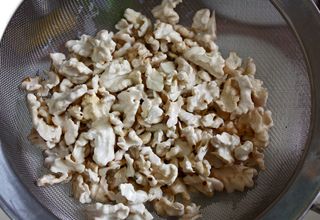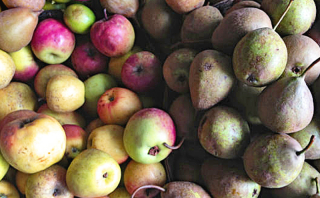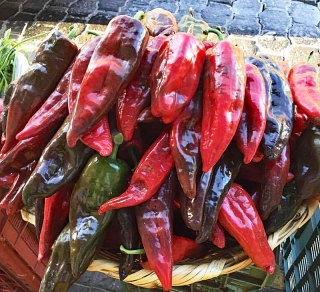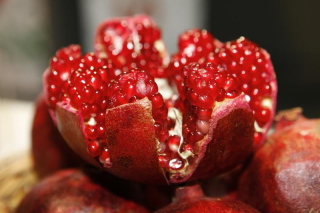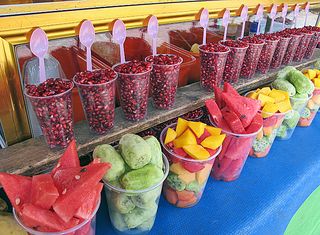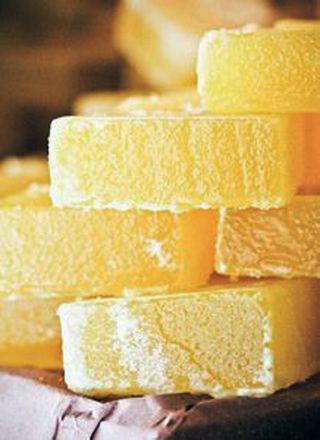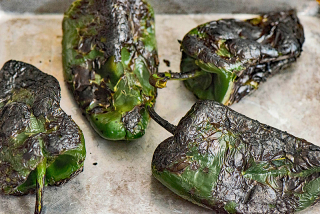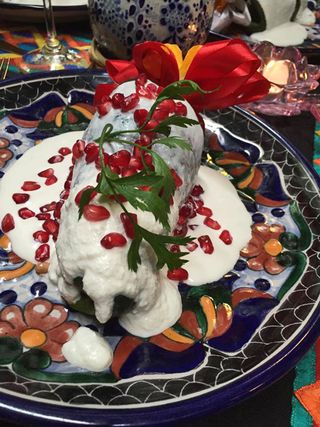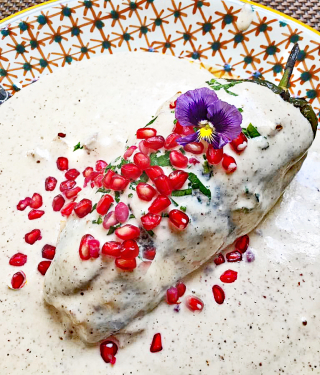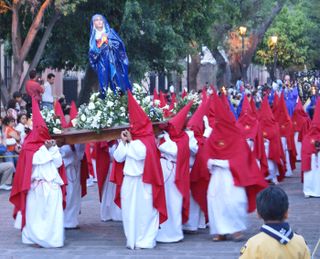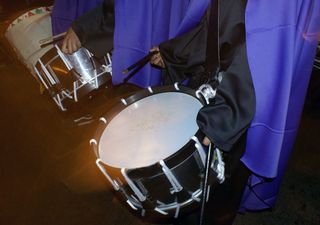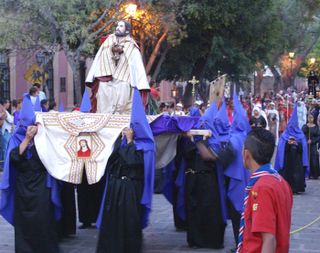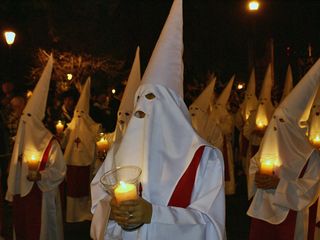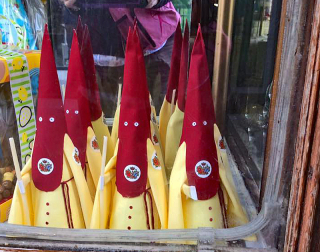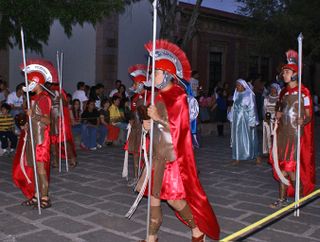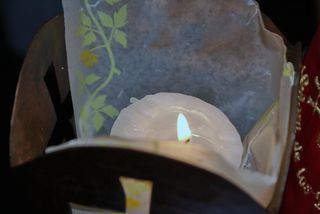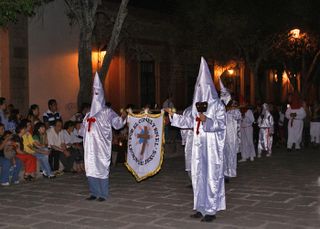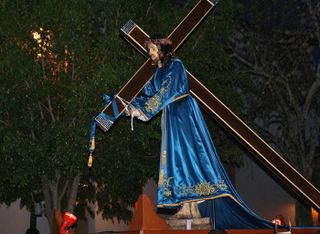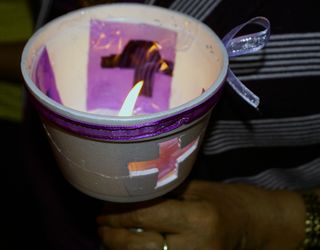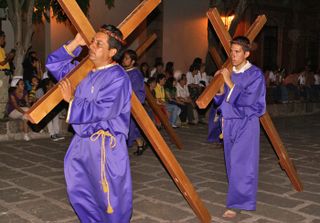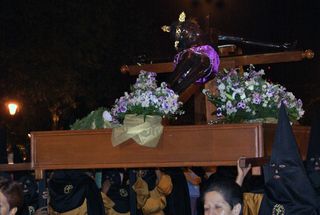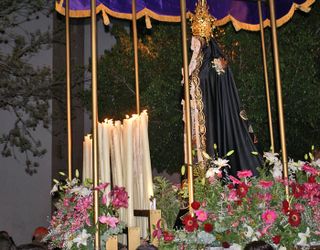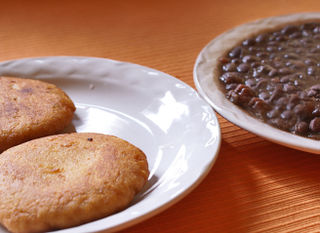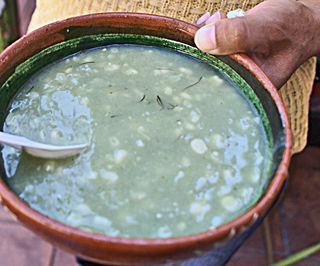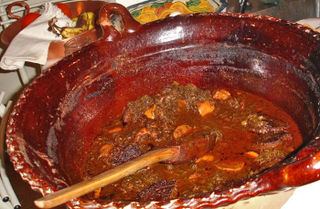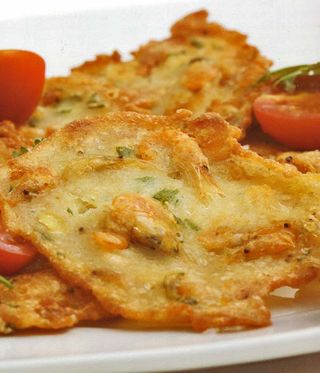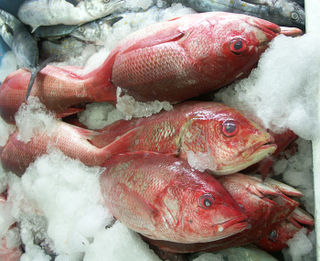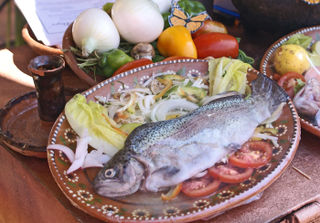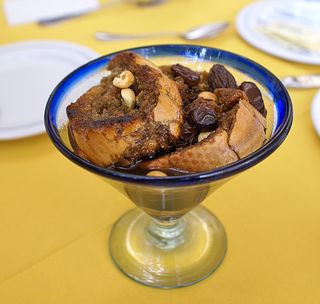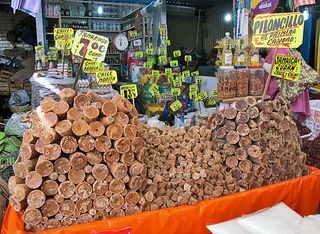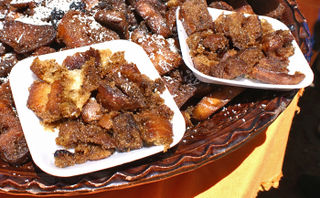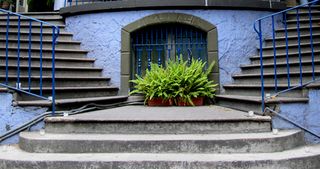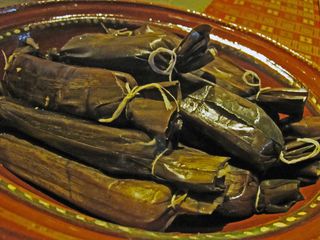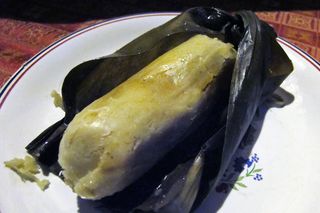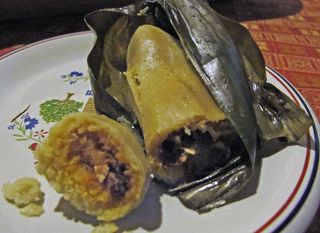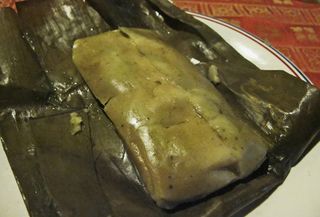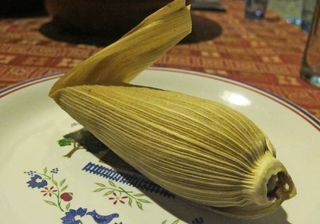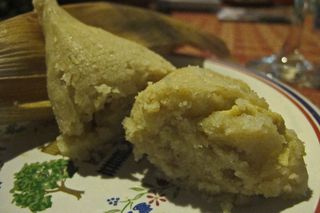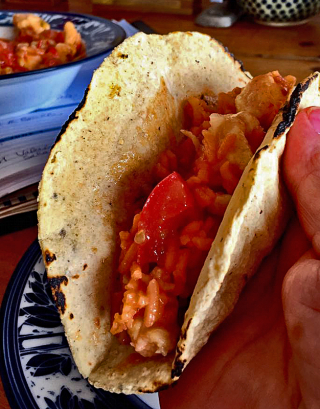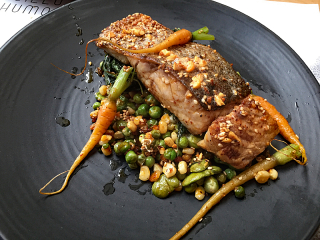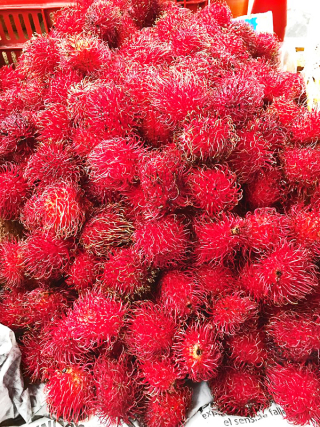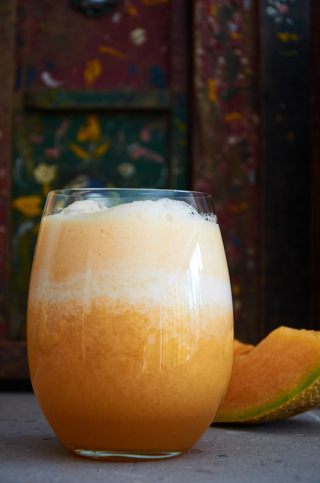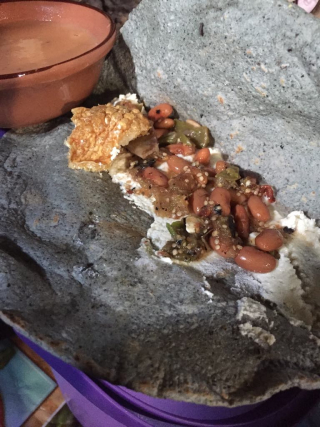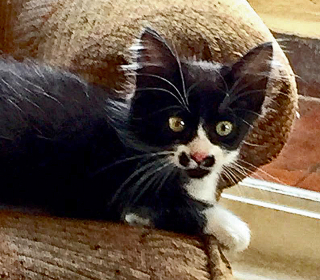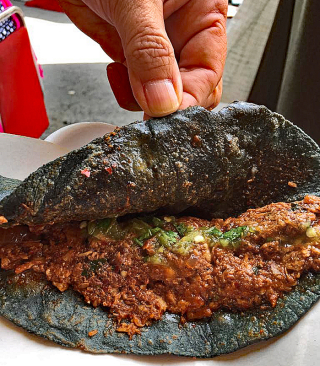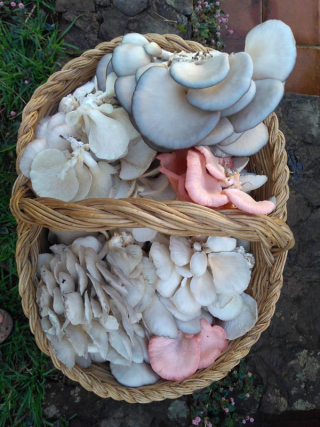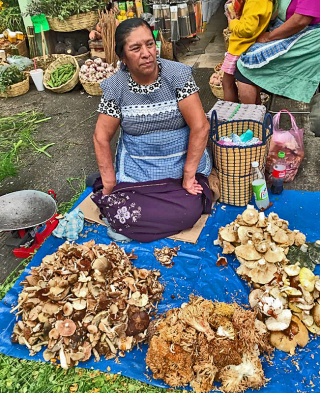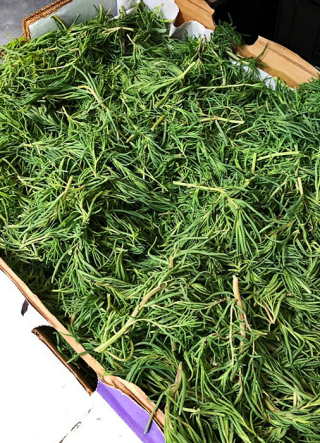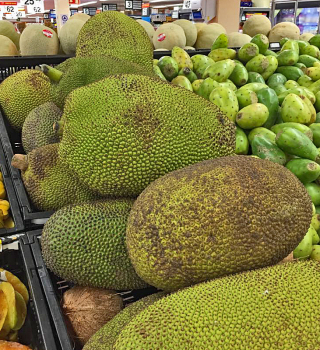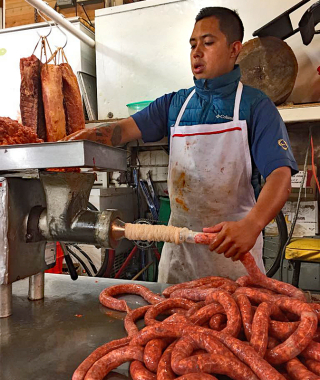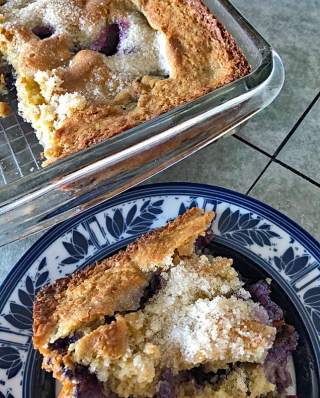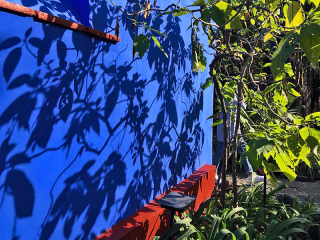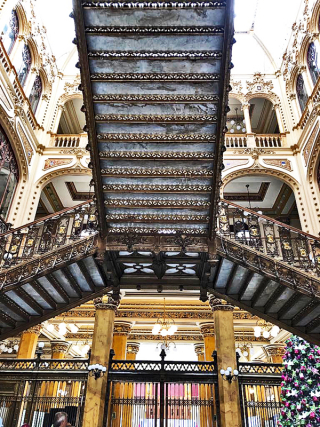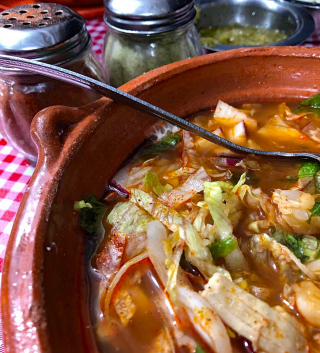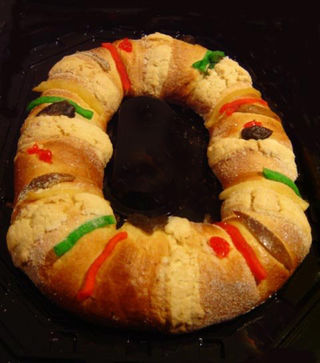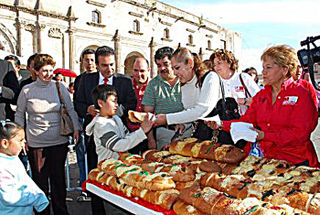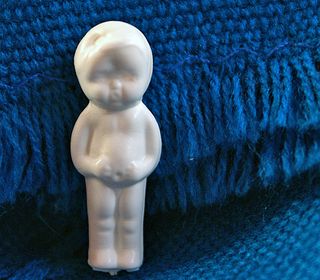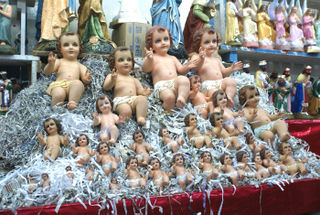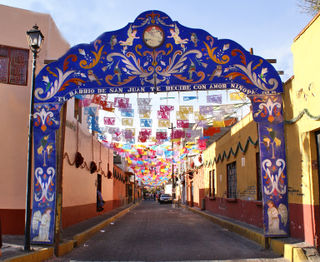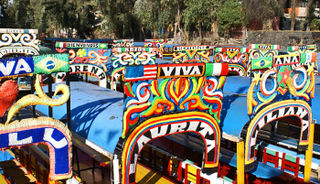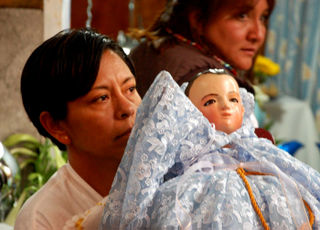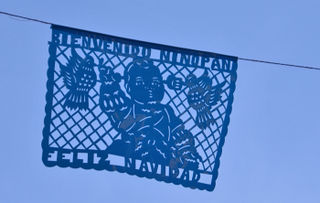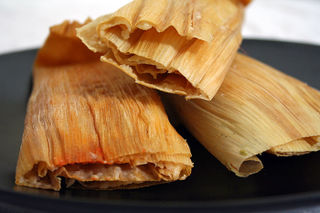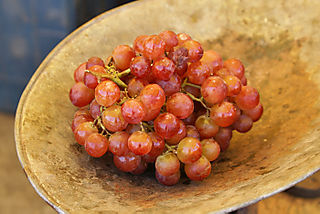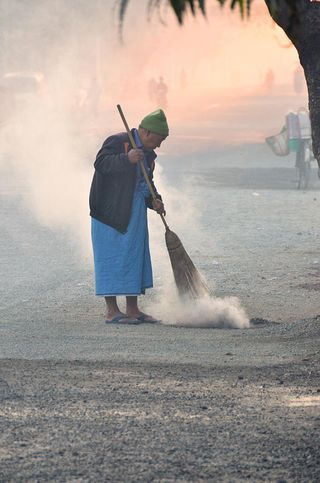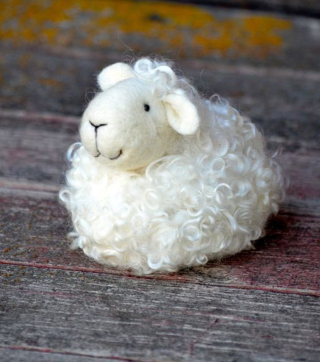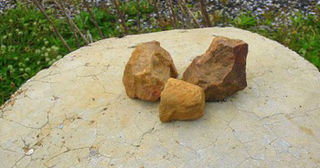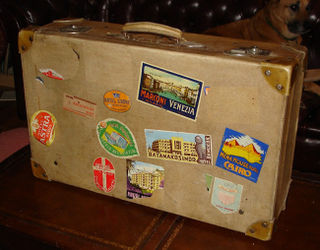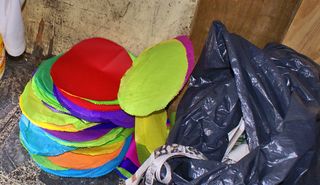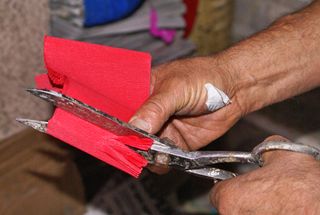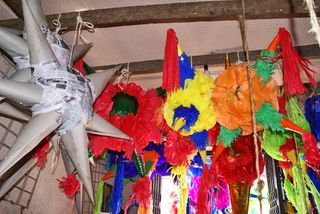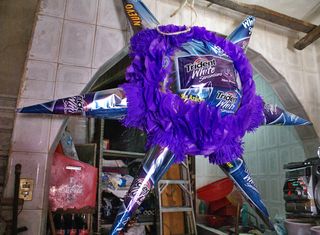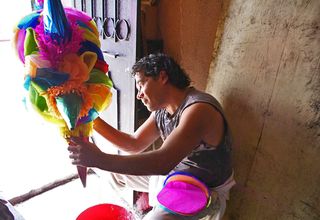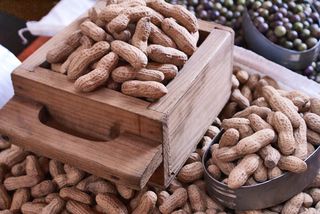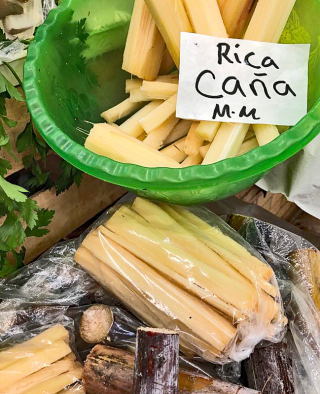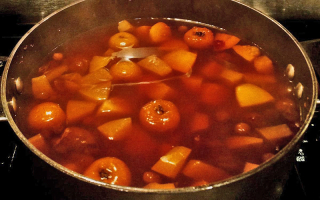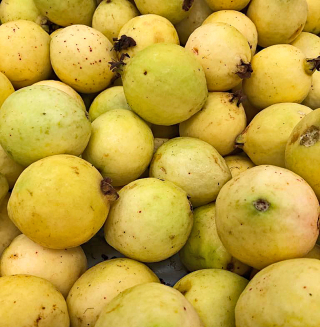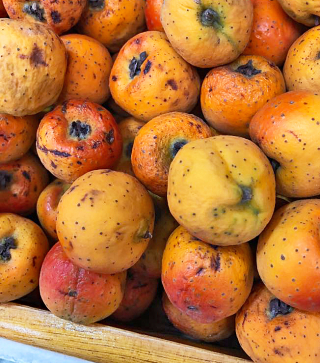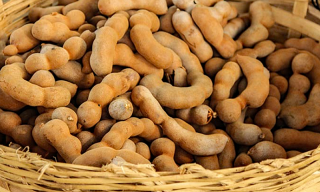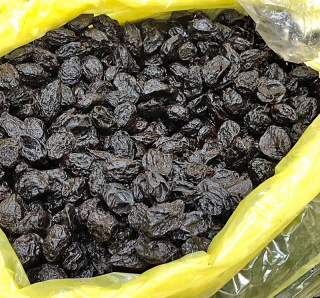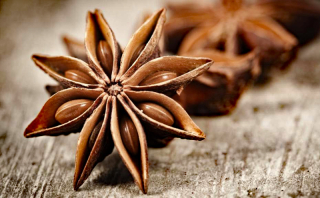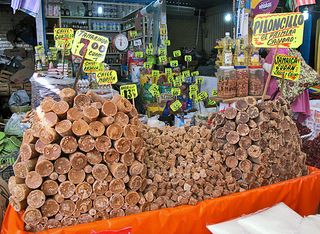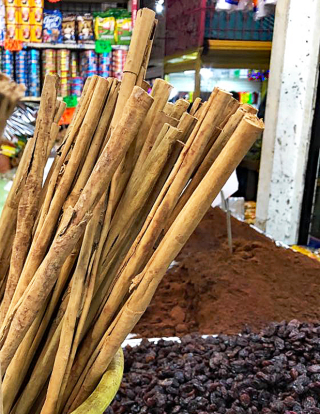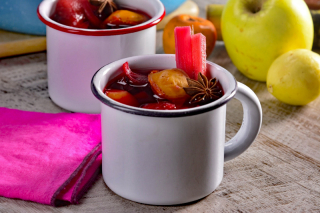
Street vendors hawk la bandera nacional (the Mexican flag) in dozens of forms for several weeks during August and right up to September 16, Mexico's Independence Day. It's always fun to see what's the latest item for sale in patriotic tchotchkes. In this photo, you see a vendor near the zócalo (Plaza de la Constitución) in Mexico City. Photo courtesy Starmedia.
Although the entire month of September is dedicated to Mexican independence from Spain, Mexico's official struggle for freedom from Spanish colonization began sometime between midnight and dawn on September 16, 1810, when Father Miguel Hidalgo y Costilla gave the Grito de Dolores (Cry of Dolores) from the parish bell tower in the town known today as Dolores Hidalgo, Guanajuato. Mexico celebrates its day of Fiestas Patrias (Patriotic Holidays) on September 16 with parades of school children and military battalions, politicians proclaiming speeches, and general festivity.
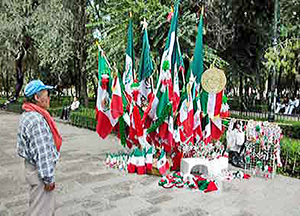
Another flag vendor, this time in Morelia, Michoacán. This man was already out selling flags and other Independence-related items just before the end of August 2019. All photos copyright Mexico Cooks! unless otherwise noted.
Hundreds of books have been written about Mexico's break from Spain, millions of words have been dedicated to exploring the lives of the daring men and women who knew, more than 200 years ago, that the time had come for freedom. You can read some of the history on the Internet. Another excellent source for Mexican history is The Life and Times of Mexico, by Earl Shorris. You'll find that book available to order through Amazon.com, on the left-hand side of this page.
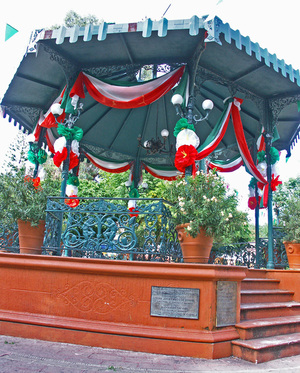
Jalisco town kiosko (bandstand) decorated for the Fiestas Patrias.
For years I've attended the September 15 celebrations in a variety of towns and cities. In Mexico City, the country's president leads hundreds of thousands of citizens in late-night celebrations in the zócalo, the enormous square surrounded by government buildings and the Metropolitan Cathedral. Every Mexican town big enough to have a mayor holds a reenactment of the Grito de Dolores, Hidalgo's cry for independence. The town square is decorated with flags, bunting, and ribbons. Cohetes (sky rockets) flare and bang. Sometime around eleven o'clock at night, the folks, assembled in the town plaza since nine or so, are restless for the celebration to begin. The mayor's secretary peeks out from the doorway of the government offices, the folkloric dancers file off the stage in the plaza, the band tunes up for the Himno Nacional (the national anthem), the crowd waves its flags and hushes its jostling. The president or the mayor steps out onto the balcony of the government building or onto the stage built just outside the building's front door to lead the singing of the Himno's emotional verses.
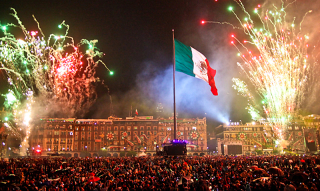
The bandera monumental (gigantic national flag) and celebratory fireworks in front of Mexico's Palacio Nacional, on the zócalo, Mexico City, September 15, 2015. Photo courtesy press.
Dressed in his finest and backed up by a military or police guard, the mayor clears his throat and loudly begins an Independence Day proclamation. He pulls a heavy rope to ring the Independence bell, then he waves a huge Mexican flag. Back and forth, back and forth! In every Mexican town, the proclamation ends with Hidalgo's 209-year-old exhortations: "Long live religion! Long live Our Lady of Guadalupe! Long live the Americas and death to the corrupt government! Long live the heroes of our Independence! Viva México! Qué viva!"
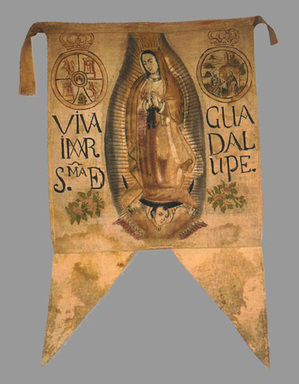
Father Hidalgo's 1810 banner, with an image of Our Lady of Guadalupe and the words, "Viva la Santísma de Guadalupe!". He carried this banner as his standard as a leader in the fight for Mexico's independence from Spain. Photo courtesy Pinterest.
The mayor and the crowd shout as one voice: "Viva México! Qué viva! Qué viva!" The mayor grins and waves as the fireworks begin, bursting huge green, white, and red chrysanthemums over the heads of the attendees.
Later there will be dancing and more music, and food, including traditional pozole, tostadas, mezcal, tequila and beer, and, in larger towns and cities, all-night revelry in the plaza, in private homes, and in hotels, restaurants, and events halls.
The best-kept secret in Mexico is the Independence Day party. No, the biggest deal is not on September 16th. Held every year on the night of September 15, the Gran Noche Mexicana (the Great Mexican Night), the real celebration of the revolutionary events in 1810, is a combination of New Year's Eve, your birthday, and your country's independence festivities.
Wouldn't you really rather hear about the party? I knew you would!
A number of years ago my friend, música ranchera singer Lupita Jiménez from Guadalajara, invited me to a Gran Noche Mexicana where she was performing. The event was scheduled to start at 9:30, but Mexican custom normally dictates late arrival. By ten o'clock I was on my way to the party. At the salón de eventos (events hall), the parking lot was already full, but a man was parking cars on the street just a block away. As I left my car, he said, "Could you pay me now for watching your car? It's 20 pesos. I'll be leaving a little early, probably before the event is over."
"How long will you be here?" I asked, a bit anxious about leaving the car unattended on this night of prodigious revelry.
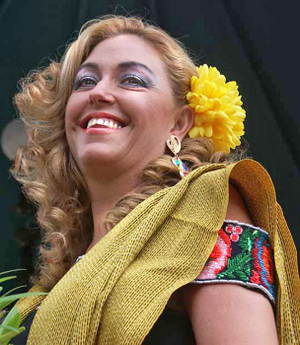
Lupita Jiménez in performance at a Gran Noche Mexicana in Guadalajara.
"Till six o'clock." My jaw dropped and I handed him the 20 pesos. Six in the morning! Surely we wouldn't party quite so long as that!
The sad truth is that I didn't. I couldn't. My stamina flagged at about 3:00 AM, after dinner had been served at 10:30, a city politician had proclaimed the Grito, the Himno Nacional (national anthem) had been sung, and big noisy fireworks had been set off on the indoor stage (I swear to you, indoors) of the salón de eventos. Then the show started, a brief recapitulation in song and dance of Mexican history, starting with concheros (loincloth-and-feather-clad Aztec dancers) whirling around a fire-belching volcano, and ending with the glorious jarabe tapatía, the regional dance of Guadalajara that most English-speakers call the Mexican hat dance.
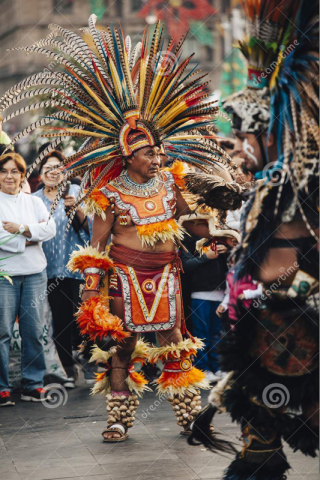
Danzante conchero (concha dancer). The dancers are called concheros because the lead dancer blows a conch (a large mollusk shell) to call spirits to the dance. Photo courtesy Dreamstime.com.
After innumerable trios, duets, and solo singers, the show paused for intermission at close to two in the morning. Several of my table-mates slipped away, but I thought I could make it to the end. The first half of the Gran Noche Mexicana had been invigorating and exciting and I loved it. During intermission, a wonderful Mexican comedian poked fun at politics, functionaries, and Mexican life in general. We were all roaring with laughter. When the comic left the stage, I realized that I was exhausted and needed to go home to bed. Just as the performers stepped onto the stage to begin the next round of song, I sneaked away.
When I called Lupita the next afternoon to congratulate her on the success of the event, she asked if I'd stayed for the last few costume changes. "Mija, I had to go home early. I lasted till three, but then I just couldn't stay awake. I'm so sorry I missed the end."
Lupita laughed. "I'm glad you lasted that long, but next time you have to stay for the whole night! You missed the best part!"
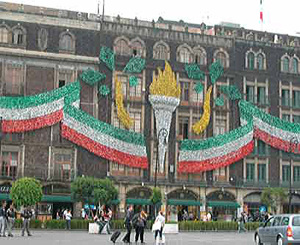
The Palacio Nacional (national office building complex, including the president's offices) on the Zócalo (Plaza de la Constitución) in Mexico City, all dressed up for the Fiestas Patrias.
Viva México! Qué viva!
Looking for a tailored-to-your-interests specialized tour in Mexico? Click here: Tours.
